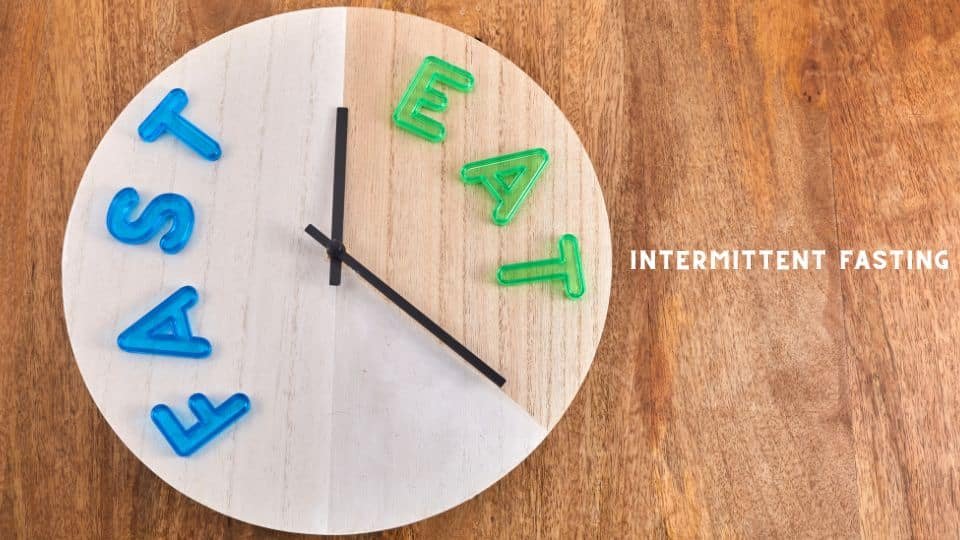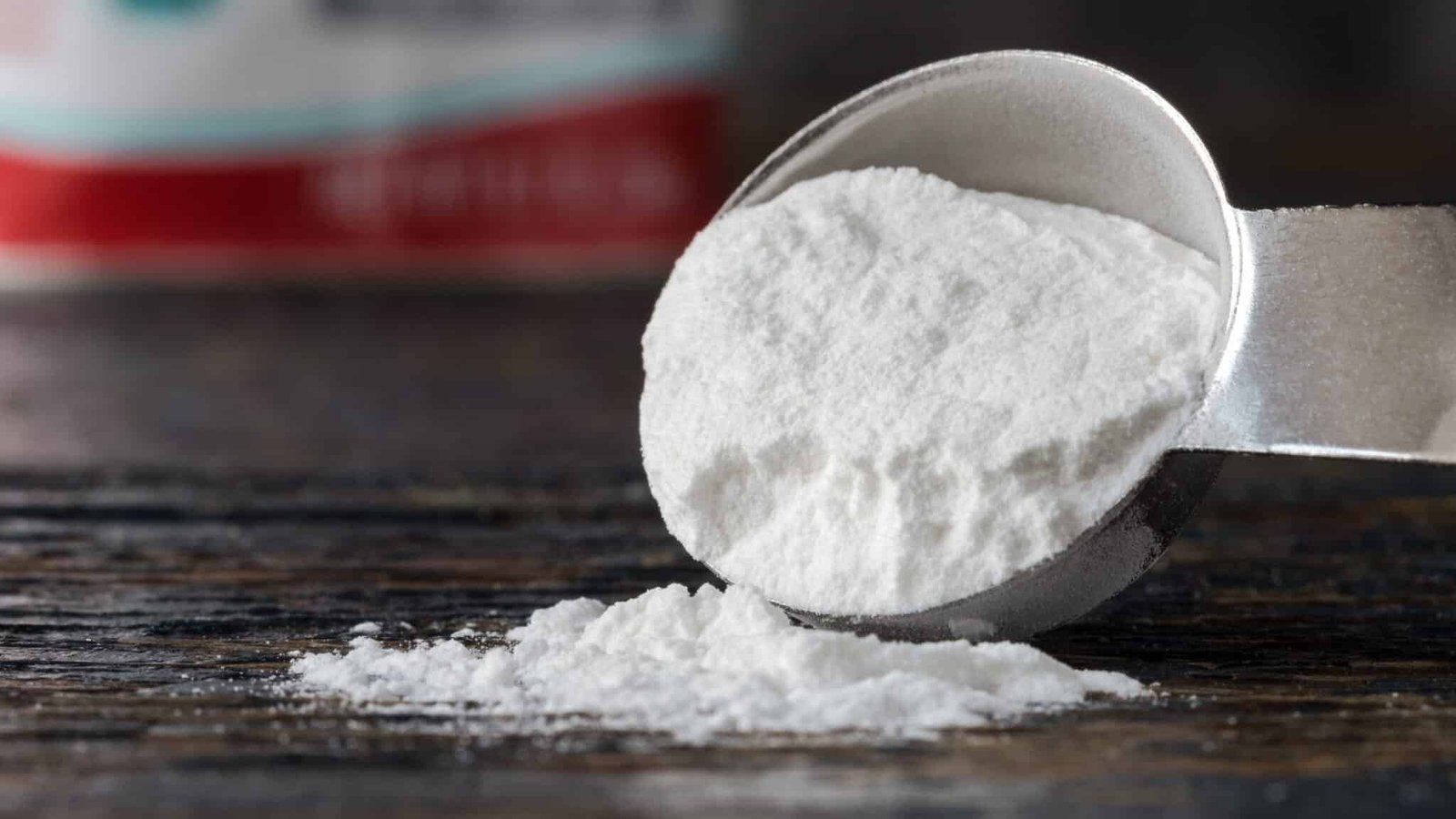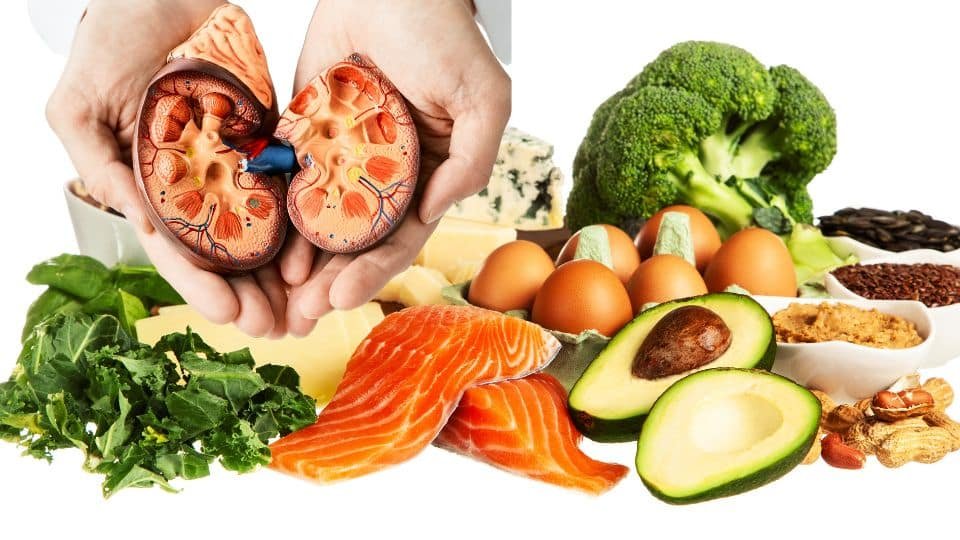Welcome. Today, we uncover the latest breakthroughs in health and wellness. Today, we have some fascinating news from the world of cancer research Published in the Journal of the American Medical Association, JAMA. Are you ready to learn how a few minutes of vigorous daily activity can significantly reduce your cancer risk? Let’s get started!
The study, led by Professor Emmanuel Stamatakis from the University of Sydney, Australia, focused on a concept called Vigorous Intermittent Lifestyle Physical Activity, or VILPA. But what exactly is VILPA?
VILPA refers to short bursts of vigorous activity that make you huff and puff, lasting around one minute each. It’s like applying the principles of High-Intensity Interval Training (HIIT) to your everyday life. These activities can be part of your regular tasks like vigorous housework, carrying heavy shopping, or even playing high-energy games with your kids.
Professor Stamatakis and his team tracked the daily activity of over 22,000 ‘non-exercisers’ using wearable devices and followed their clinical health records for nearly seven years to monitor for cancer occurrences. The findings of the study were truly remarkable.
As little as 4.5 minutes of VILPA per day was associated with up to an 18 percent reduction in overall cancer risk compared to those who did not engage in VILPA. And for physical activity-related cancers such as breast, endometrial, colon, lung, and many others, the reduction was even more significant – which was up to 32 percent!
You can also view this article: Junk Food May Impair Our Deep Sleep?
The best part is that even small amounts of VILPA can provide significant benefits, but the positive effects continue increasing with higher daily VILPA. Incorporating short bursts of vigorous activity into your daily tasks is an achievable way to improve your health.
How does VILPA reduce cancer risk? While the study does not prove cause and effect, previous trials have shown that intermittent vigorous activity improves cardio-respiratory fitness. This improved fitness might be one of the mechanisms behind the reduced cancer risk. Plus, increased physical activity can improve insulin sensitivity and reduce chronic inflammation, which may also contribute to lowering the risk.
The practical implications of this research are significant. VILPA can be a cost-free and accessible recommendation for lowering cancer risk, especially for individuals who find structured exercise challenging or unappealing. It’s all about finding ways to make small changes in our daily routines that can significantly impact our long-term health.
Professor Stamatakis and his team believe there’s much more to explore. They’re interested in understanding the potential of wearable technology in tracking physical activity and its impact on long-term health outcomes, including cancer prevention. Further robust clinical trials are needed to confirm and delve deeper into the link between VILPA and cancer risk reduction.
So, remember, just a few minutes of vigorous activity each day could make a significant difference in reducing your cancer risk. Stay tuned for more updates on this exciting research as scientists continue to uncover the potential benefits of VILPA.
Glossary:
- Vigorous Intermittent Lifestyle Physical Activity (VILPA): Refers to short bursts of intense physical activity, lasting around one minute each, that can be incorporated into daily tasks such as housework, carrying heavy shopping, power walking, or playing high-energy games.
- JAMA Oncology: Journal of the American Medical Association Oncology, a reputable medical journal that publishes research related to cancer and oncology.
- Non-exercisers: Individuals who self-report no participation in leisure time exercise or regular recreational walks.
- Cardio-respiratory fitness: The ability of the heart, lungs, and blood vessels to deliver oxygen to the muscles during physical activity.
- Insulin sensitivity: A measure of how responsive cells are to insulin’s actions, affecting blood sugar regulation and metabolism.
- Chronic inflammation: Prolonged inflammation in the body that can contribute to various health issues, including cancer.
- Wearable technology: Devices, such as activity trackers or smartwatches, are worn on the body to monitor and record various health-related metrics, including physical activity.
- Observational study: A research study that observes and analyzes data without directly intervening in the study subjects’ activities or variables.
- Cancer incidence: The rate of new cancer cases in a given population over a specific period.
- Cardiovascular disease: A group of diseases that affect the heart and blood vessels, including heart attacks and strokes.
Journal Reference:
Emmanuel Stamatakis, Matthew N. Ahmadi, Christine M. Friedenreich, Joanna M. Blodgett, Annemarie Koster, Andreas Holtermann, Andrew Atkin, Vegar Rangul, Lauren B. Sherar, Armando Teixeira-Pinto, Ulf Ekelund, I-Min Lee, Mark Hamer. Vigorous Intermittent Lifestyle Physical Activity and Cancer Incidence Among Nonexercising Adults. The UK Biobank Accelerometry Study. JAMA Oncology, 2023;9(9):1255–1259; DOI: https:// doi:10.1001/jamaoncol.2023.1830



 By
By










